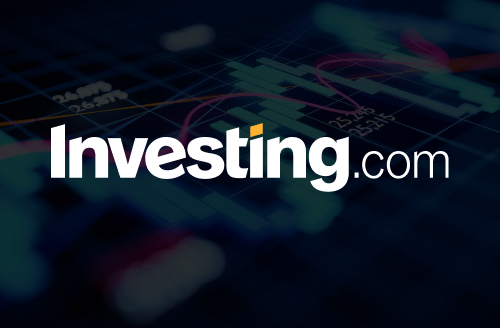
Cloudera Inc. is overseeing a convergence between the data center and the cloud.
The proliferation of artificial intelligence tools has created the need for more accessible and interconnected data architectures. Cloudera’s solution is a strong data foundation with a simple interface.
“My vision and Cloudera’s vision is that as a data practitioner, you should not need to even know or care what is the environment that you’re working with,” said Sergio Gago (pictured), chief technology officer of Cloudera. “Instead of the traditional ingest, prepare, curate, distribute data, just a single interface that makes it easy to get insights from the data because at the end of the day, that is what we’re trying to do, get value from insights.”
Gago spoke with theCUBE’s Dave Vellante at Cloudera EVOLVE25, during an exclusive broadcast on theCUBE, SiliconANGLE Media’s livestreaming studio. They discussed Cloudera’s AI strategy and the evolution of data platforms. (* Disclosure below.)
Entering the era of convergence
Gago describes three eras of data, based on governance, convenience and now, convergence. In the era of governance, Cloudera and Hortonworks built data platforms that could manage company workflows and data catalogs. Cloud platforms ushered in the era of convenience, making it possible to run workloads with “one swipe.” The next step, according to Gago, is to merge the data and compute.
“We’re bringing that cloud experience into the data center and vice versa,” he explained. “You can run your pipelines, you can store your data, you can manage your models, you can do everything with the same governance and controls that you had in the first era, but also with the simplicity you had in the second era. We call that the era of convergence.”
This era is driven by generative AI, which has brought a unique set of challenges for data providers. The user experience is growing increasingly thin, as developers gain the ability to communicate with the system itself through AI interfaces.
“Any industrial revolution requires a lot of change management and adoption challenges to cover,” Gago said. “At the same time, [AI is] the fastest revolution that we’ve seen in humankind. We put the car on the roads and then we realized, ‘Oh my god, we need to put traffic lights and signals.’”
Nowadays, there are so many different data and storage providers that it would be impossible to consolidate, but Cloudera has created an abstraction layer that enables developers to access their data anywhere. AI is, naturally, a part of this experience, functioning as a kind of “Jiminy Cricket” on the developer’s shoulder.
“The way we try to build Cloudera AI is precisely in that way so that you can go deeply into the code on how to embed those systems but also use AI studios,” Gago said. “With a drag and drop system, you can create where does the human in the loop go, what are the different connectors, what are the red flags that happen in the system?”
Here’s the complete video interview, part of SiliconANGLE’s and theCUBE’s coverage of Cloudera EVOLVE25:
(* Disclosure: TheCUBE is a paid media partner for Cloudera EVOLVE25. Neither Cloudera Inc., the sponsor of theCUBE’s event coverage, nor other sponsors have editorial control over content on theCUBE or SiliconANGLE.)
Photo: SiliconANGLE



